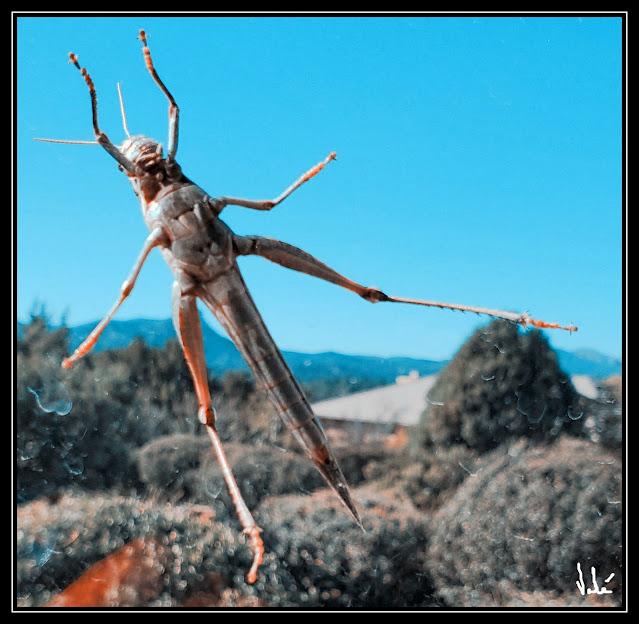
An autumn walk in the high desert of Arizona lead me
to a fallen tree. It was not just a tree
but a hiding place for someone who built a primitive shelter next to it using
fallen branches.
The setting was perfect for taking a break and
remembering a few lines of poetry. The simple poem by Joyce Kilmer written in
1913 always reminded me of the Armenian romantic poet Mateos Zarifian. The lines are
almost ordinary but the feeling becomes personal imperceptibly.
And the opening two lines of Kilmer’s poem, which I
used as this essay’s title above, reminds me of something my father, a poet and writer himself, used to say:
“The most beautiful birth is the birth of an
idea”
… So I sat on that fallen tree’s trunk and looking
at all the gray colour around me recalling Robert Frost’s lines:
Nature’s first green is gold,
Her hardest hue to hold.
Her early leaf’s a flower;
But only so an hour.
Then leaf subsides to leaf.
So Eden sank to grief,
So dawn goes down to day.
Nothing gold can stay.
Perhaps. But gold is more than a colour; it is a
pleasant memory as well.
Finally, a lesser known French poem’s lines about men cutting down a tall tree seemed appropriate for the moment. The poem is entitled “Dans La Forêt Sans Heures” (In the Forest Without Hours) by Uruguayan writer and poet Jules Supervielle who studied in France, wrote in French and was nominated for the Nobel Prize in literature three times.
Here is the original
Dans la forêt sans heures
On abat un grand arbre.
Un vide vertical
Tremble en forme de fût
Près du tronc étendu.
Cherchez, cherchez, oiseaux,
La place de vos nids
Dans ce haut souvenir
Tant qu’il murmure encore.
The second stanza goes beyond the
cutting down of the tree but fits nicely in the autumnal atmosphere where I
found myself. The lines translate as such:
Look
and look again, birds
For where your nests were
In this grand and tall memory
While it’s still murmuring.
(Translation is mine)
There were no nests on the ground or
birds looking for them, only the wind that swirled the autumn leaves into a
lovely farandole.
But there was a temporary "nest" someone had built behind the fallen tree. For shelter, and for that golden personal space.
So I left.
October 31, 2021
©Vahé A. Kazandjian, 2021







